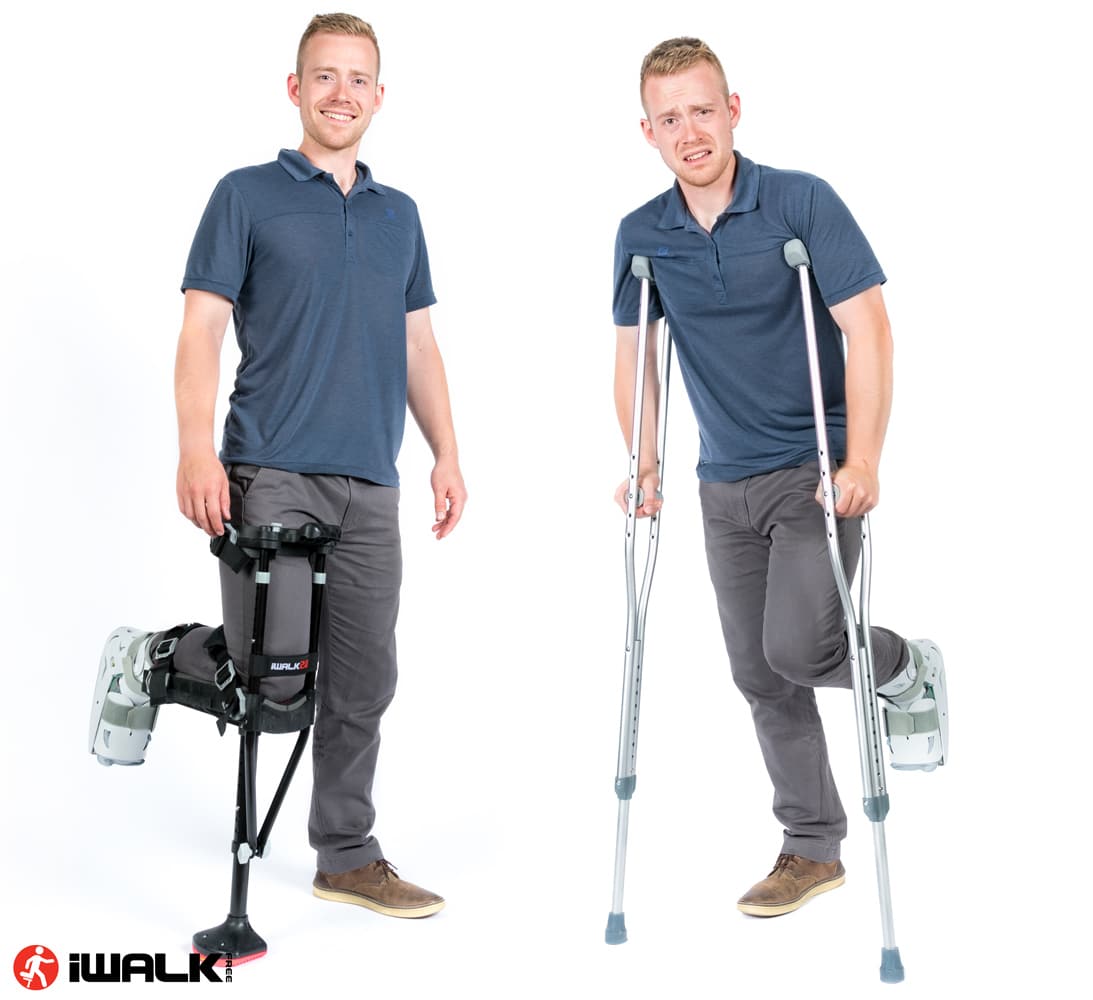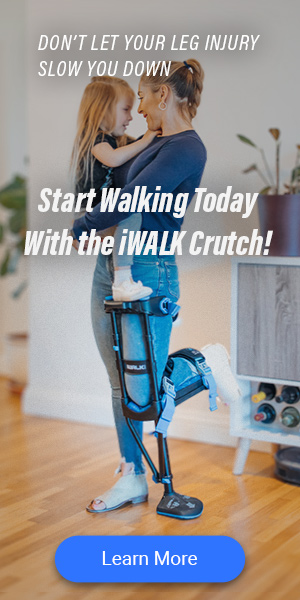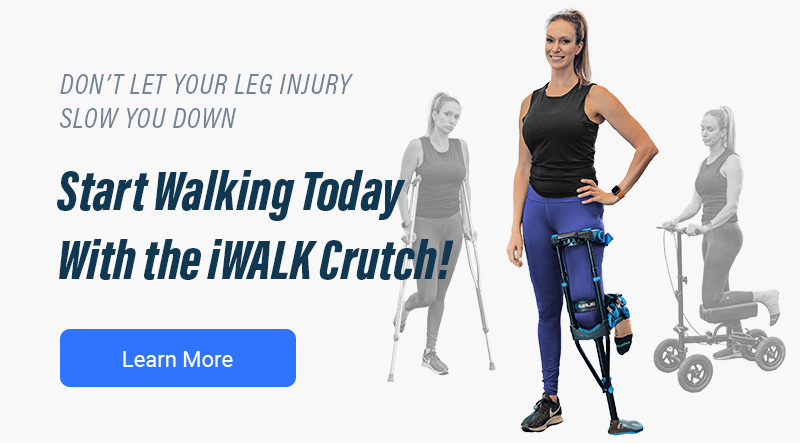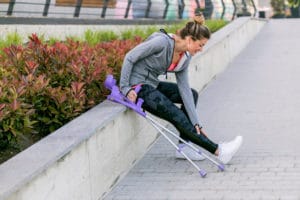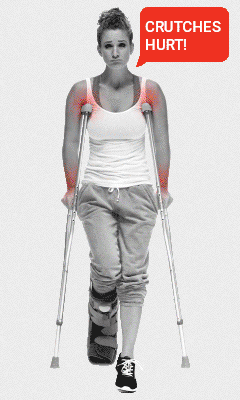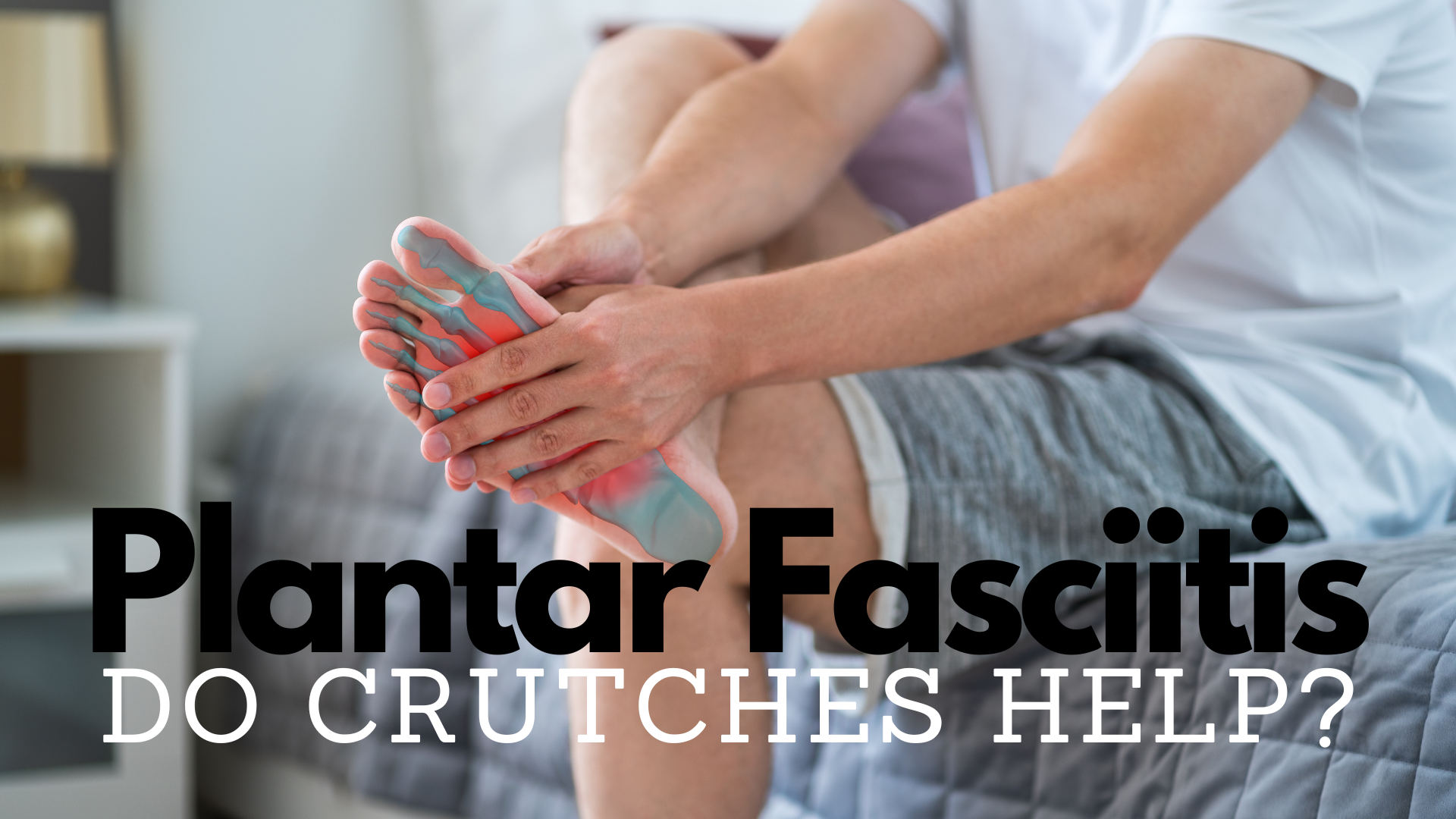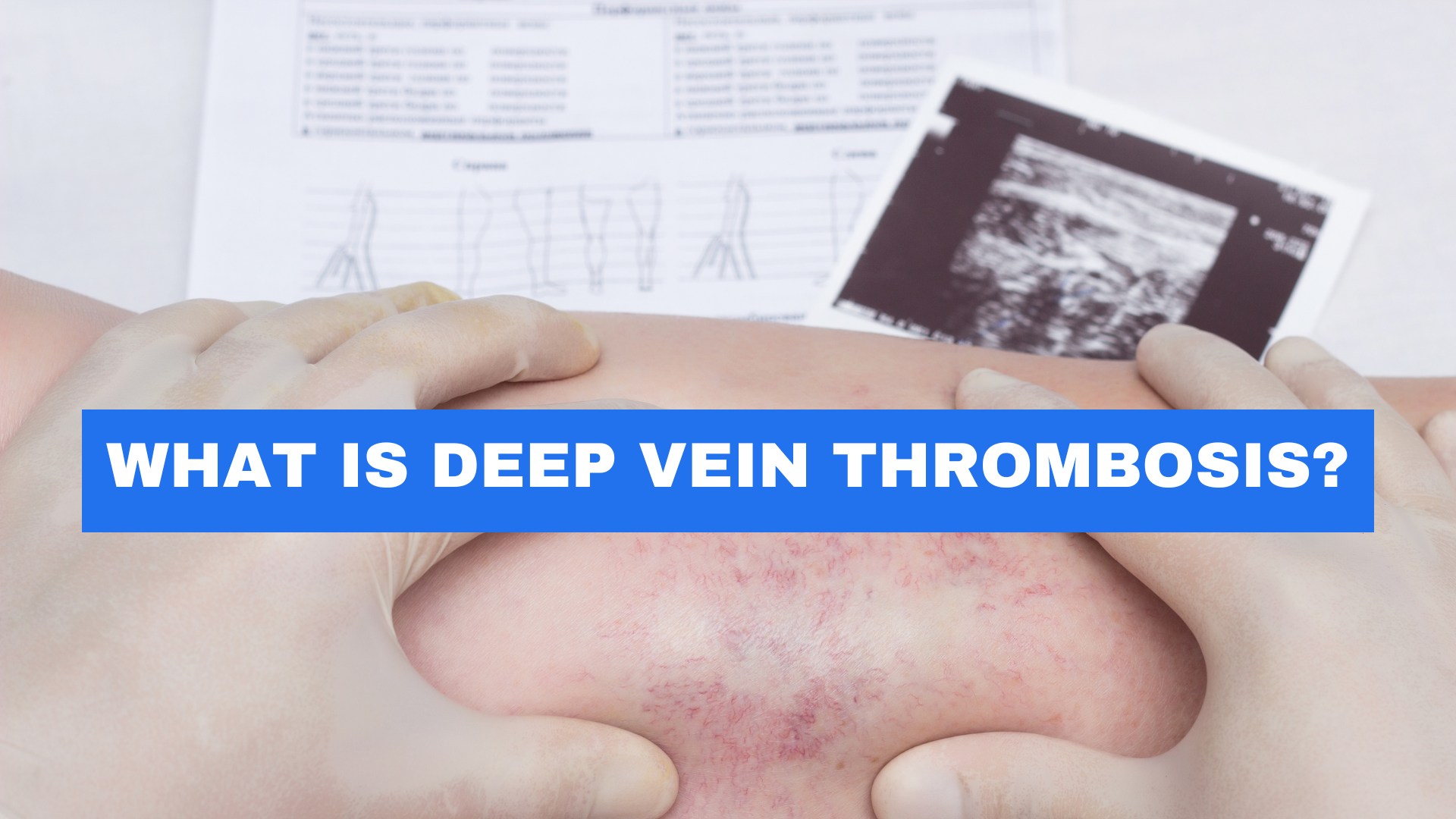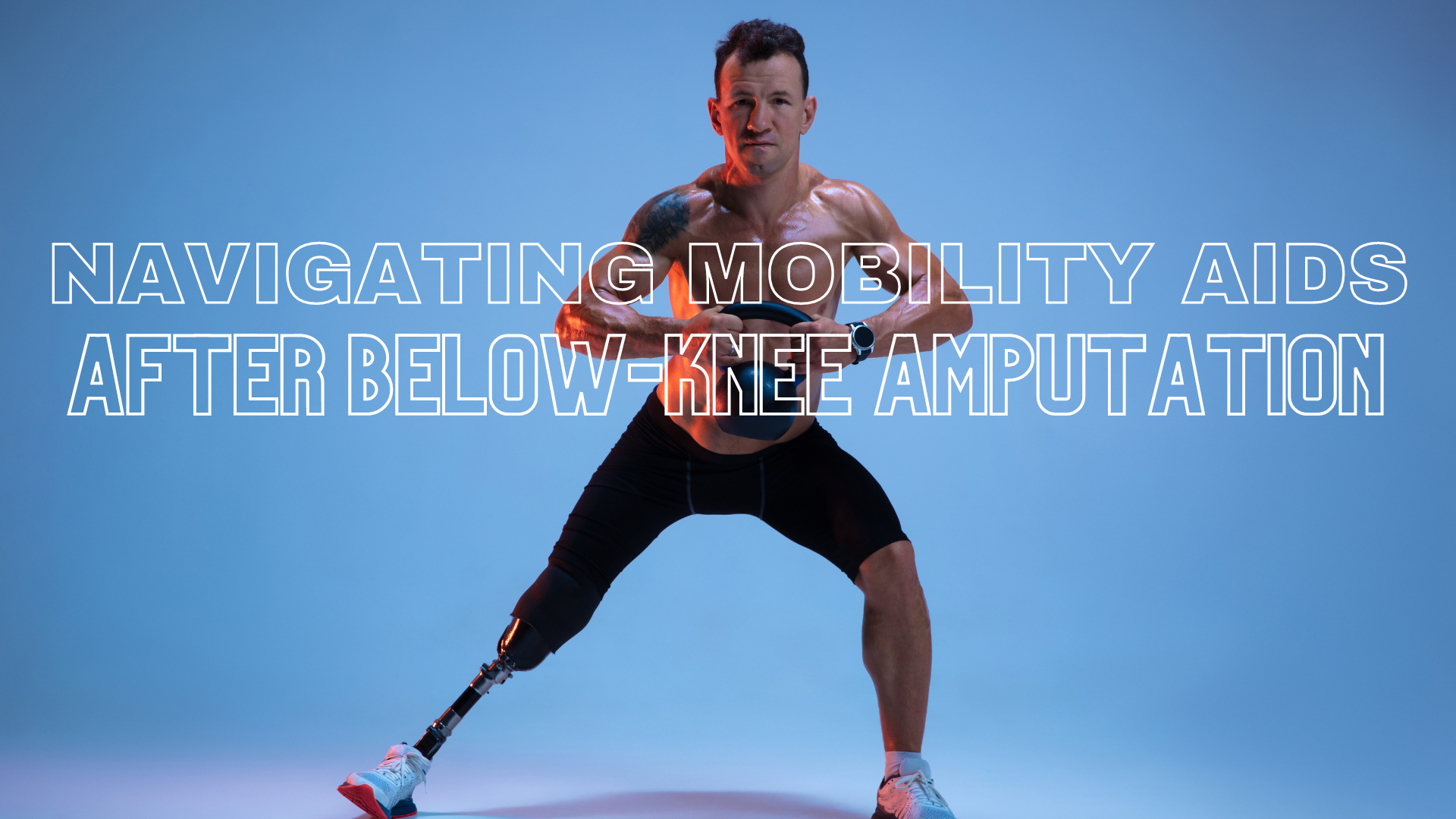Crutches Often Cause Pain in Your Hands, Forearms, and Underarms. But Using Crutches Doesn’t Have to Be a Horrible Experience. The Right Add-Ons Can Make All the Difference When Using Crutches Long-Term
Finding comfortable crutches can be a challenge, but there are ways to make the experience better.
Crutches often cause pain in your hands, forearms, and underarms. But using crutches doesn’t have to be a horrible experience. The right add-ons can make all the difference when using crutches long-term.
1. Commercial Crutch Pads
Commercial pads can make your time on crutches considerably more bearable. In fact, putting glycerin-based gel pads on crutches can drastically increase comfort.
2. Foam Padding
Put those old cushions around your home to good use.
Pad the tops of your crutches by stuffing foam padding under the crutch cushions. If this isn’t possible, use duct tape to secure foam padding to the crutch cushions. For increasingly comfortable crutches, combine foam padding with the towel approach listed above.
3. Hand Grips
It’s not just your underarms or forearms that get sore from crutches. Using crutches requires you to put a great deal of weight on your hands, which can cause a considerable amount of pain. Hand grips are a great way to reduce soreness in this area.
Commercial hand grips come in a variety of colors and designs and provide additional padding to make your time on crutches more bearable. You can also make your crutches more comfortable by wrapping a towel or foam around the hand grips on your crutches.
4. Towels
If you aren’t looking for an option that is more affordable than commercial crutch pads, there are DIY alternatives. For instance, using old towels to make crutches more comfortable. To do this, take as much of the towel as you need to create a comfortable crutch pad.
You’ll want to use a towel that’s big enough to be wrapped tightly around the top of your crutch. Then, secure it with duct tape to make sure the padding doesn’t shift when you use your crutches or it will cause rubbing and discomfort.
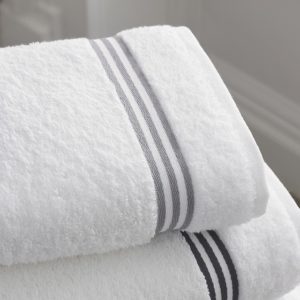
5. Secure Crutch Tips
If your crutch tips are old and worn out, they’re more likely to give out while in use, which may result in additional injuries.
Look for crutch tips that offer good traction and make it easy to move across various types of surfaces. The iWALK2.0 hands-free crutch, for example, features an all-terrain Vibram tread that provides excellent traction.
If you know you will be walking where there is ice, you may want to consider using a pair of crutch tips, or tip covers made for ice, to reduce your risk of slipping. Just make sure to remove them before you go inside to avoid scratching the floors.
6. Alternative Mobility Aids
Instead of trying to make crutches more comfortable, you might want to consider switching to a different mobility aid. Knee scooters and hands-free crutches allow you to remain non-weight bearing without putting pressure under your arms.
The iWALK2.0 is a hands-free, pain-free crutch suitable for injuries below the knee, and it enables you to maintain your normal gait and mobility. Knee scooters function similarly but getting used to them requires a bit more practice and you won’t retain full use of your hands.
Make Your Crutches More Comfortable
Modifying your crutches for comfort can help make the long weeks of recovery more bearable.
Try different methods of cushioning your crutches and making them more comfortable to see what works best for you, or consider switching to a mobility device that frees up your hands for a pain-free experience.
You Might Also Like:
Common Problems with Crutches and What to Do About Them
Common problems when using crutchs include shoulder, rib, and hand pain. Find out about how to deal with these issues, plus how to prevent sore armpits.
Tired of the Pain? Here’s How to Cushion Your Crutches
If you’re facing down several more weeks or months on crutches, take some time to learn how to cushion your crutches to make them more comfortable!

